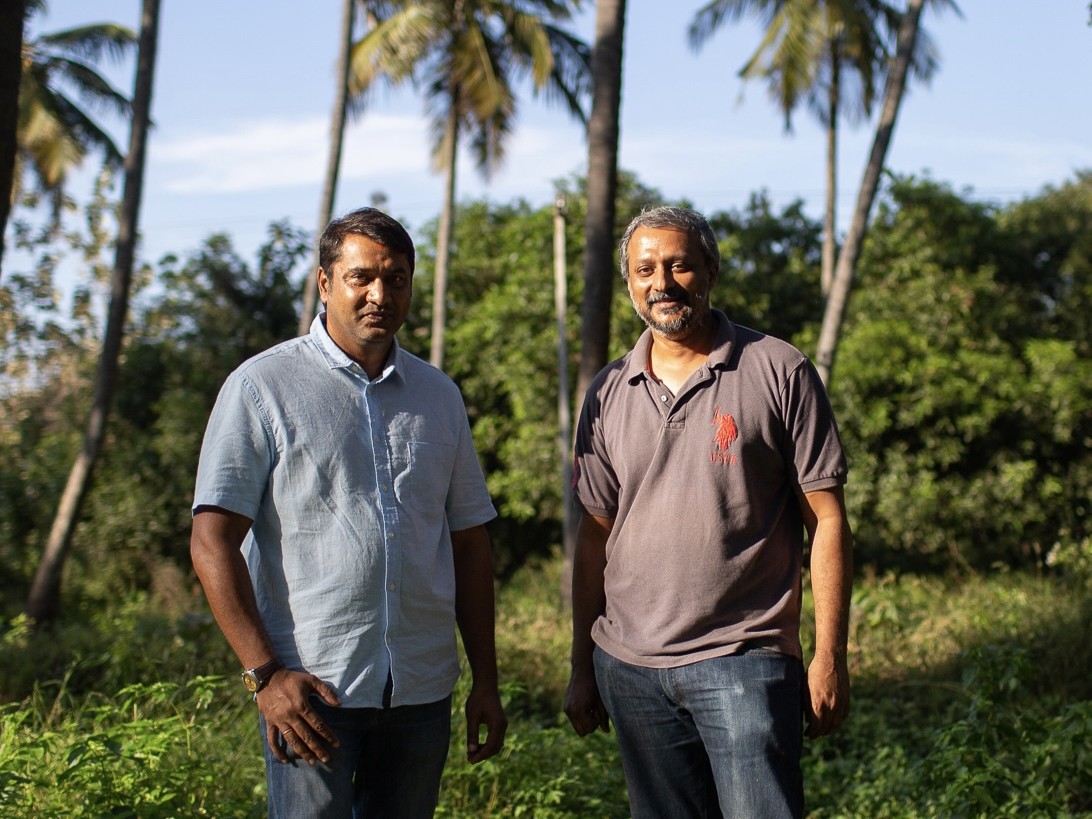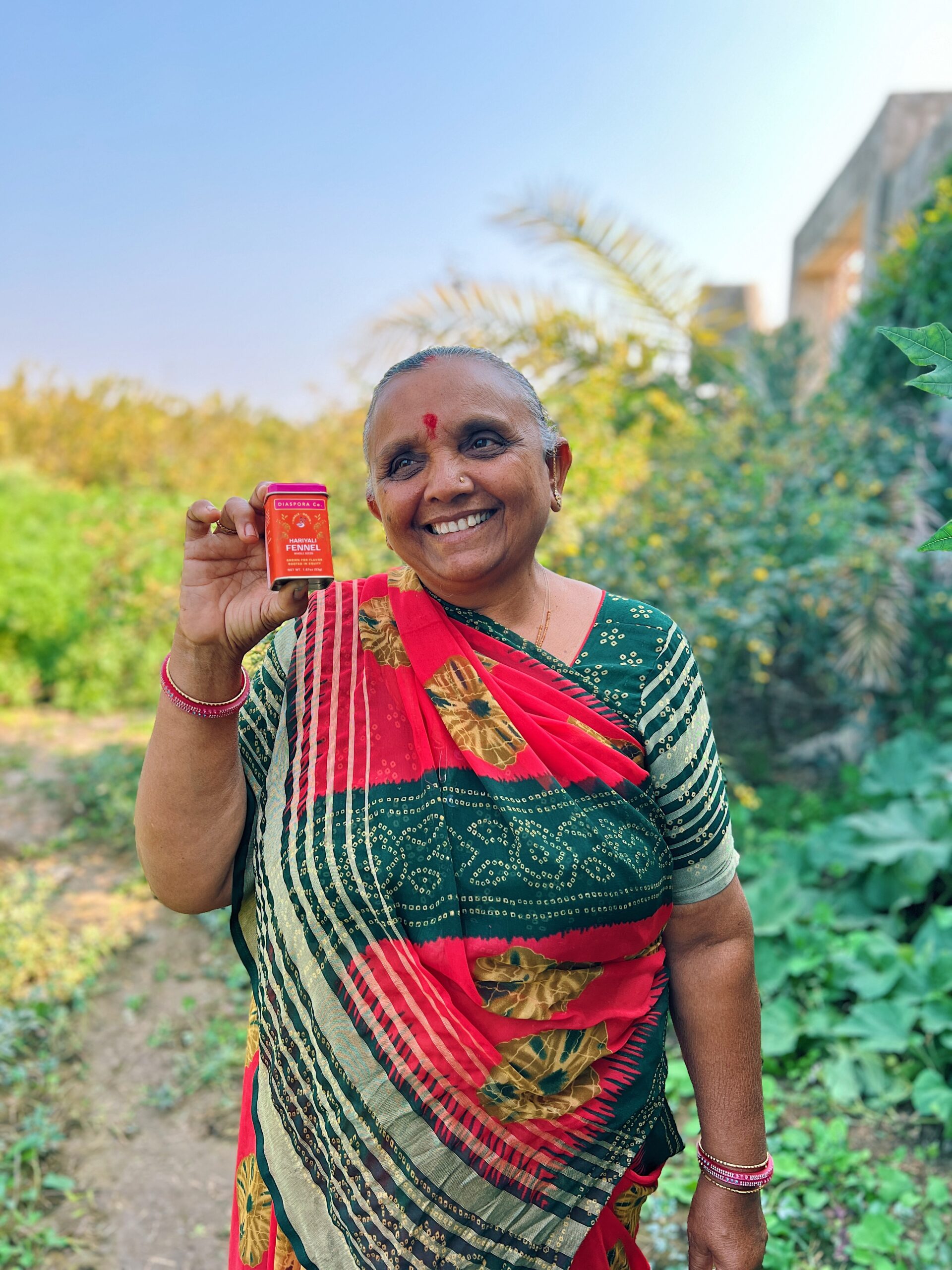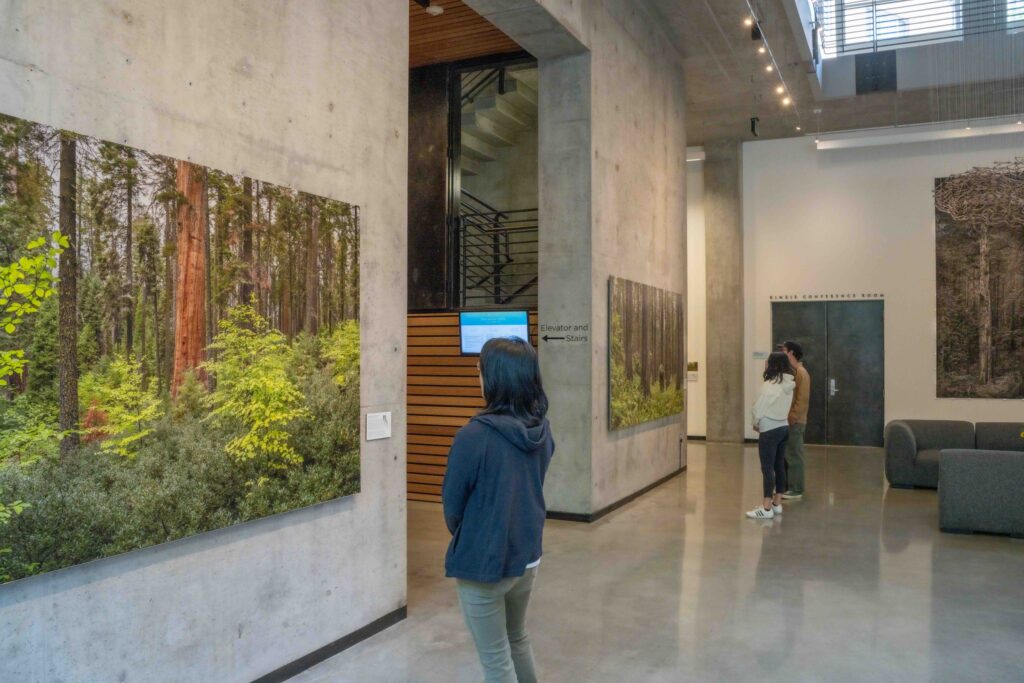
A longtime partnership with RSF helped create this vital space for community, arts, and environmental activism
“Movements don’t happen because of just one organization,” says Maria Schell Hassid, executive director of the David Brower Center. “They happen when groups are coming together and working toward a shared goal. And co-location is really critical.”
Conceived as “a home for the environmental movement,” the Brower Center was purpose-built to play this vital convening role. It unites art, activism, and environmental care in a LEED Platinum building in downtown Berkeley, California, where it hosts over 300 events a year and houses 26 nonprofits and mission-aligned businesses.
“The people who come to work in this building are fighting very, very difficult battles,” says Hassid. “To be able to do that every day, day after day, you need to be in a place where you feel a sense of safety, community, and that you are valued. And that’s what I want all people to experience when they come to the Center.
“To me it’s larger than environmental organizations,” she adds. “It’s the whole nonprofit community. To get the sort of societal change that we need at this particular moment, we really have to do more working together.”
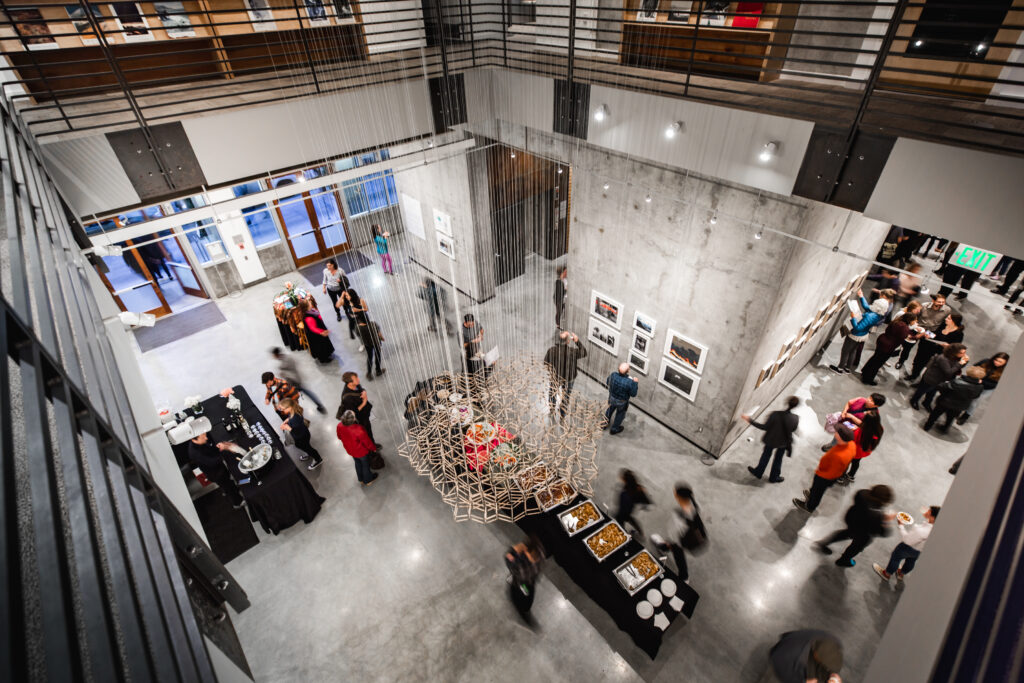
Honoring a trailblazer with a place to make change
The vision for the David Brower Center emerged in the early 2000s when founder and board president Peter K. Buckley was seeking a way to honor David Brower, a Berkeley native widely credited with launching the modern environmental movement.
At the same time, he and a group of fellow environmental donors saw that the organizations they funded were experiencing significant instability—in large part because the dotcom boom had driven up demand and prices for office space. That meant nonprofits were losing their leases and getting shunted into shabby quarters. The group set out to create a home for these organizations that would be an asset to the entire environmental movement.
In order to qualify for government grants and tax credits, the Center’s founders incorporated low-income housing and an underground city garage into the building’s design. But the complexity of the project scared away other potential investors, creating a financing gap that threatened to scuttle the project.
With just months to go before the required groundbreaking date, RSF stepped in to fill the gap with a $3.2 million loan. This financing enabled the David Brower Center to open in 2009, and it has served as a home for the region’s environmental movement ever since.
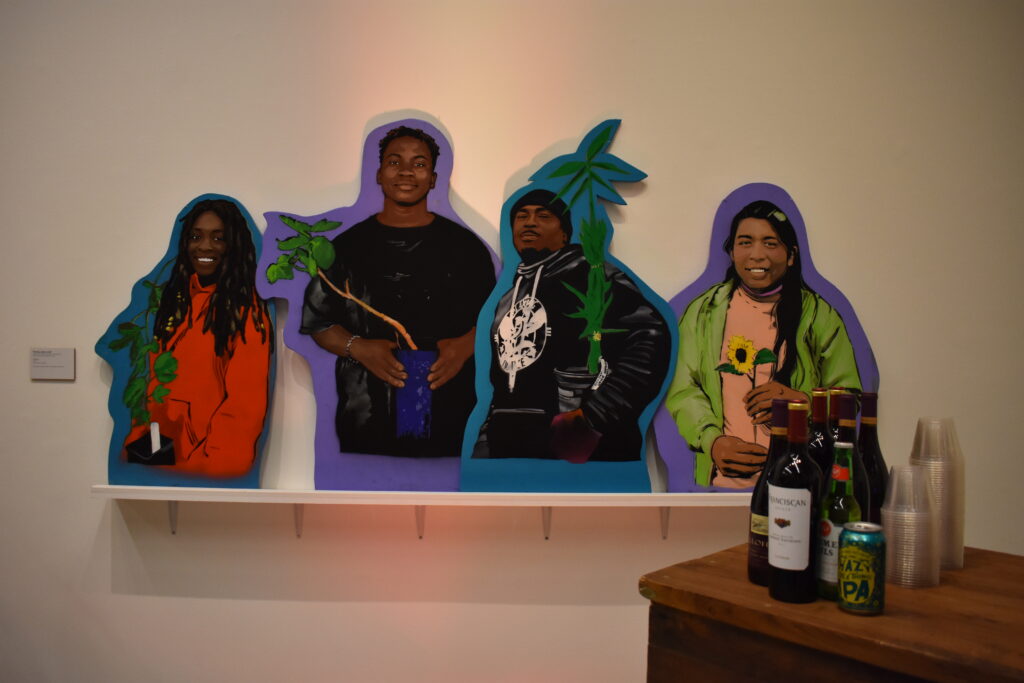
Integrating environmental and social innovation
The Brower Center earned the U.S. Green Building Council’s highest sustainability rating (LEED Platinum) and is recognized as a model by the Center for the Built Environment. It incorporates recycled building materials, solar panels and energy-saving technologies that make the Center about 40% more efficient than a standard office building.
Its programming is equally innovative. “Too often in the nonprofit space, organizations are not encouraged to collaborate,” says Hassid. “So we do a lot of work on community building and bringing different groups together that might not know about each other or have worked together before. That kind of collaboration is really important to the larger environmental movement.”
The Brower Center also organizes monthly coffee meetups and resource-sharing groups, enabling organizations to learn from one another about successful approaches to strategic planning, human resources issues, and other challenges. “The HR director at one of our organizations is starting an HR support group. That speaks to one of the wonderful things about being here together—the sense of community and support and also shared resources,” says Hassid.
Another aspect of the Center’s holistic approach is the Hazel Wolf Gallery, which hosts three public art exhibitions each year: a local show, a youth show, and an award show focusing on a nationally or internationally known artist. The fall/winter 2024 exhibit, for example, features local artists inspired by the work of Planting Justice, a nonprofit that restores land and creates jobs for people coming out of the justice system—one of its projects is an organic fruit nursery beneath a freeway in East Oakland.
“Part of David Brower’s ethos and approach was that you can’t inspire people to action from a place of fear and anxiety,” Hassid notes. “And the climate crisis induces a lot of fear and anxiety—legitimately so. Our inclination as humans, when we feel that sense of overwhelm, is to shut down. We want to remind people that the Earth is a place worth protecting, and provide beauty and inspiration to go out and fight the hard fights.”
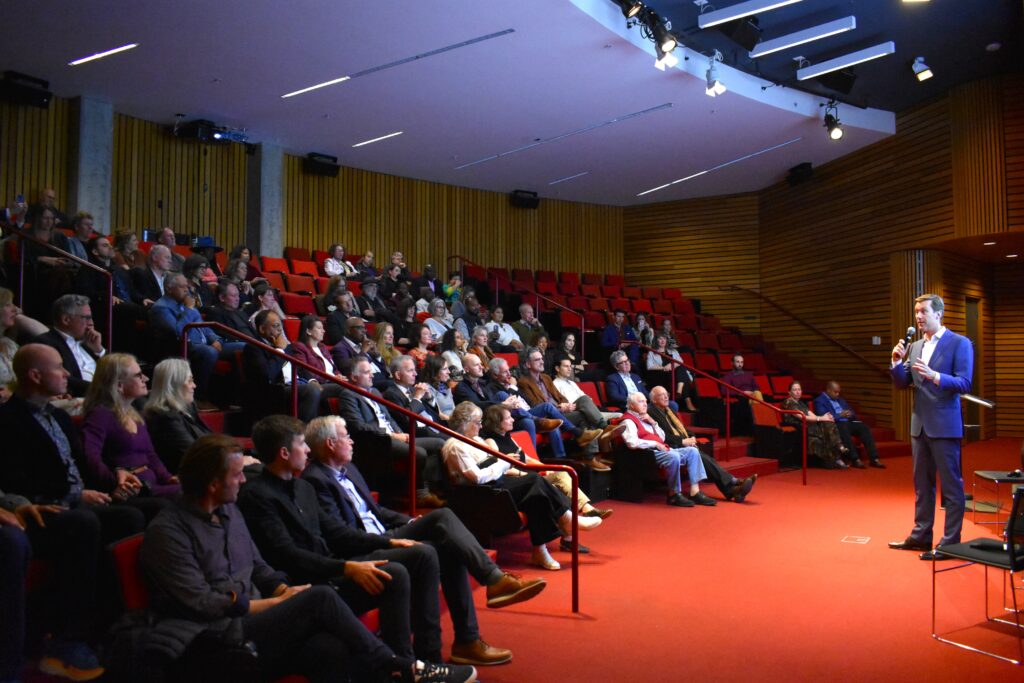
Rising up from pandemic challenges
After providing initial financing for the building, RSF continued to support the Brower Center by refinancing the original loan in 2014 and 2024. The partnership again proved pivotal when the COVID-19 pandemic hit, creating financial challenges for both the Center and its resident organizations.
“I’m very proud to say, though, that we’ve never had vacancies at the Brower Center—even amid the pandemic,” Hassid says. “Unlike a standard landlord, we really worked with our organizations to make concessions and figure out how to get us all through the crisis. RSF saw us the same way we saw our resident organizations—as partners—and was able to help us work through the pandemic. That’s the kind of partnership that you don’t get at a standard bank.”
Plus, she adds, “We charge what we feel is a reasonable and fair rent that allows us to provide services and maintain the building, but we’re not looking to make money, and that’s not so appealing to a standard bank lender. Having a lender that has social mission alignment with us is really important.”
That perfect fit was manifest at RSF’s 40th anniversary celebration, which the Center hosted. It was a natural choice for RSF given the organizations’ long relationship and the values the David Brower Center embodies. “We’re really proud that we can be an exemplar of what RSF is able to accomplish as a social impact investor,” says Hassid.
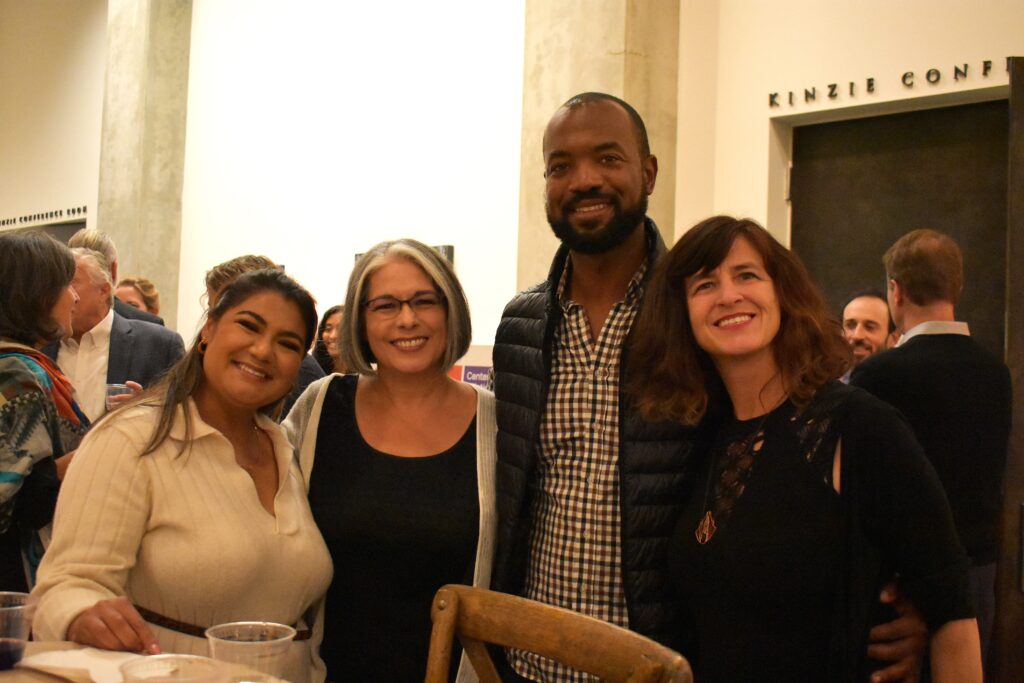
Bringing citizens, artists, and activists together
Over the past 15 years the Brower Center has welcomed over half a million people through its doors; hosted 42 exhibitions featuring artists including Maya Lin, Edward Burtynsky, Richard Misrach, and Joel Sartore; provided space—at below market rates to nonprofits—for over 3,000 screenings, lectures, conferences, workshops, performances, and receptions; and been home to 40 nonprofits and mission-aligned business.
Looking ahead, Hassid hopes to make the building a new kind of model: “We’re moving from being a bright, shiny new thing that was cutting-edge 15 years ago to showing how you can continue to improve systems in an existing building to stay at the forefront of the highest environmental standards.” That effort may mean upgrading the entire building’s lighting, heating and cooling systems to incorporate newer technologies.
Hassid also wants to expand the Center’s public programming and collaborative opportunities.
“We really have to learn how to coalesce and engage with each other,” she says. “This has been a challenging and contentious time. My hope is that the Center can exist as an example of how lots of different organizations coming at the same problem from a lot of different perspectives can collaborate and help strengthen the movement.”
Want to learn more about how you can partner with RSF to support organizations like the David Brower Center? Visit RSF’s Invest page.
Are you seeking financing for your own mission-driven business or nonprofit? Visit RSF’s Apply for a Loan page.

